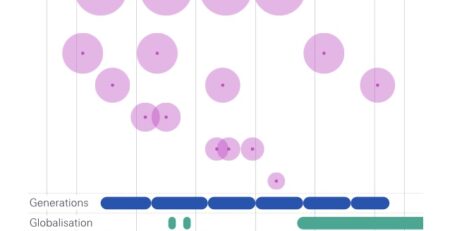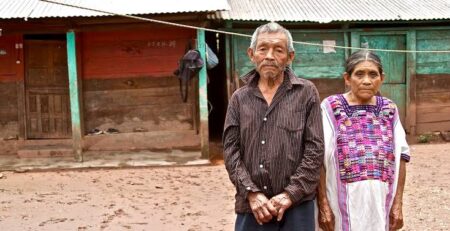The Relation Between the Migration, Population Aging, Labor Force Productivity and Economic Growth: An Analysis for Bulgaria
By Hamit Can (Technical University of Sofia) & Venelin Terziev (Vasil Levski National Military University; University of Ruse)
In this study, the relationship between population, elderly population and economic growth is analyzed theoretically, taking into account the demographic change of the Bulgarian population and the more aging phenomenon. Thus, the change in the age structure of the Bulgarian population was investigated and the factors affecting the growth of the relationship between economic growth were investigated. Developed countries are trying to solve the problem of low population growth with migration. Developed countries with younger populations, such as the European Union, also allow dwellings in some periods to dampen the population and prevent the resulting loss of employment. According to a report published by the EU Statistical Institute (Eurostat), it is stated that the number of the population working in the European Union will decrease by an average of 50 million in 2060. When the current migration rate is taken into account, it is predicted that by 2060 the number of people working in European Union countries will be 110 million people less than today’s number. Migration in the demographic development of the European Union has a great proposition. If a qualified migration flow is provided, it is foreseen that the deficiencies that will arise in the European Union employment market in the coming years will be eliminated. In this study, attempts were made to determine the size of the changes taking place in the country’s economy, depending on the livelihoods in Bulgaria.
Source: SSRN










